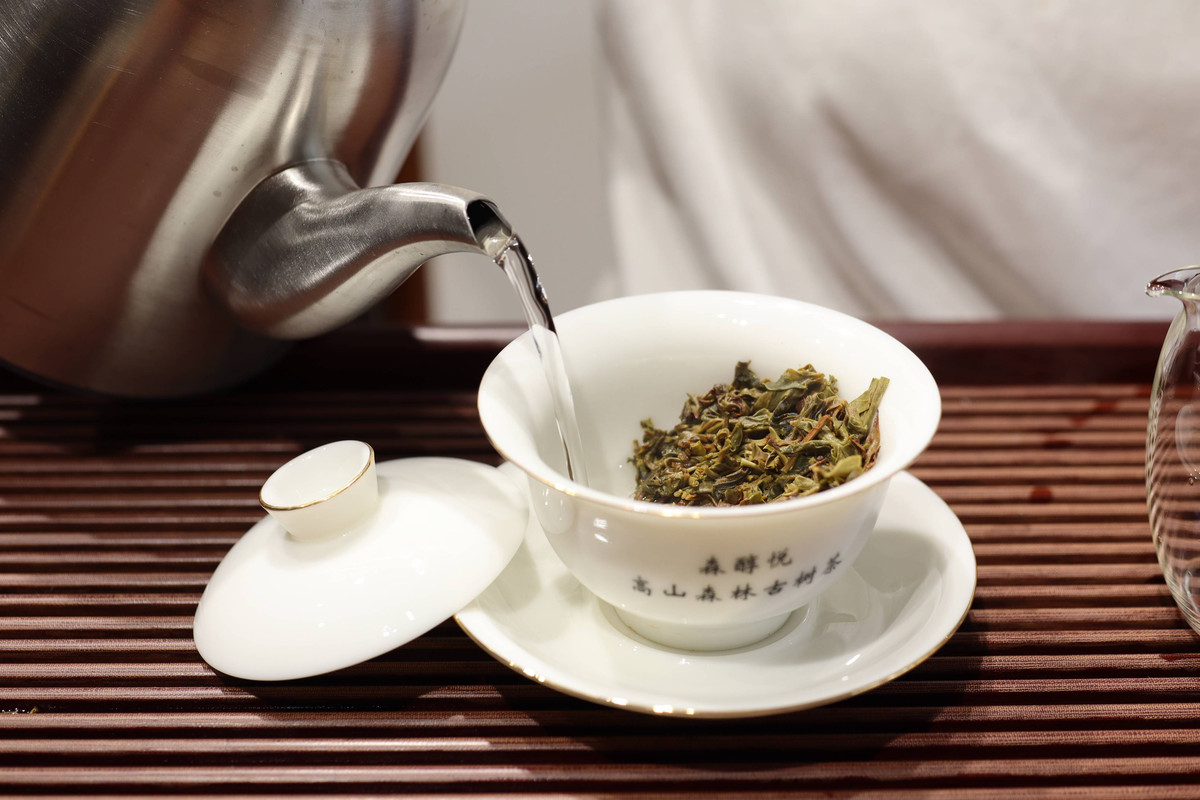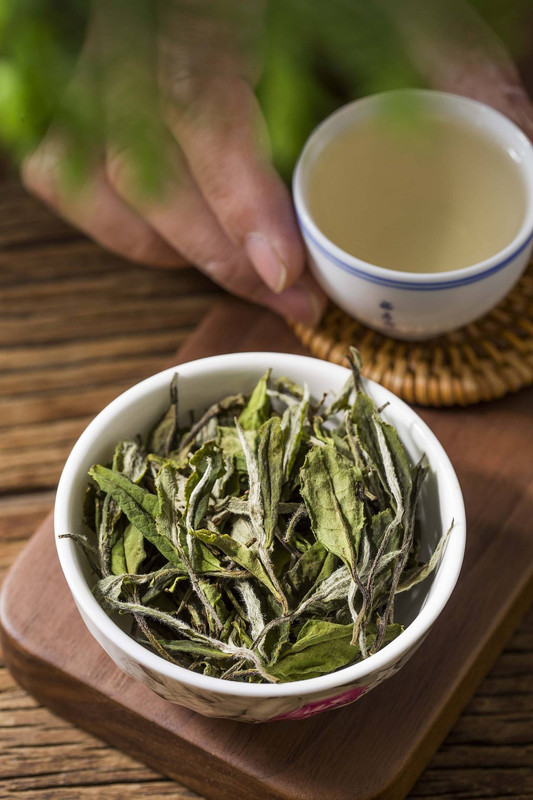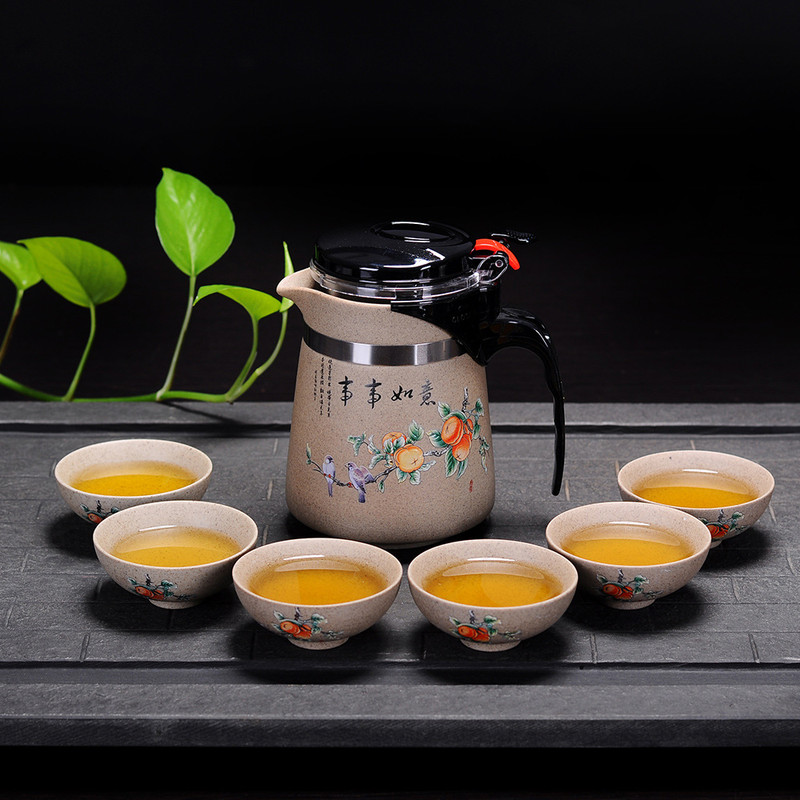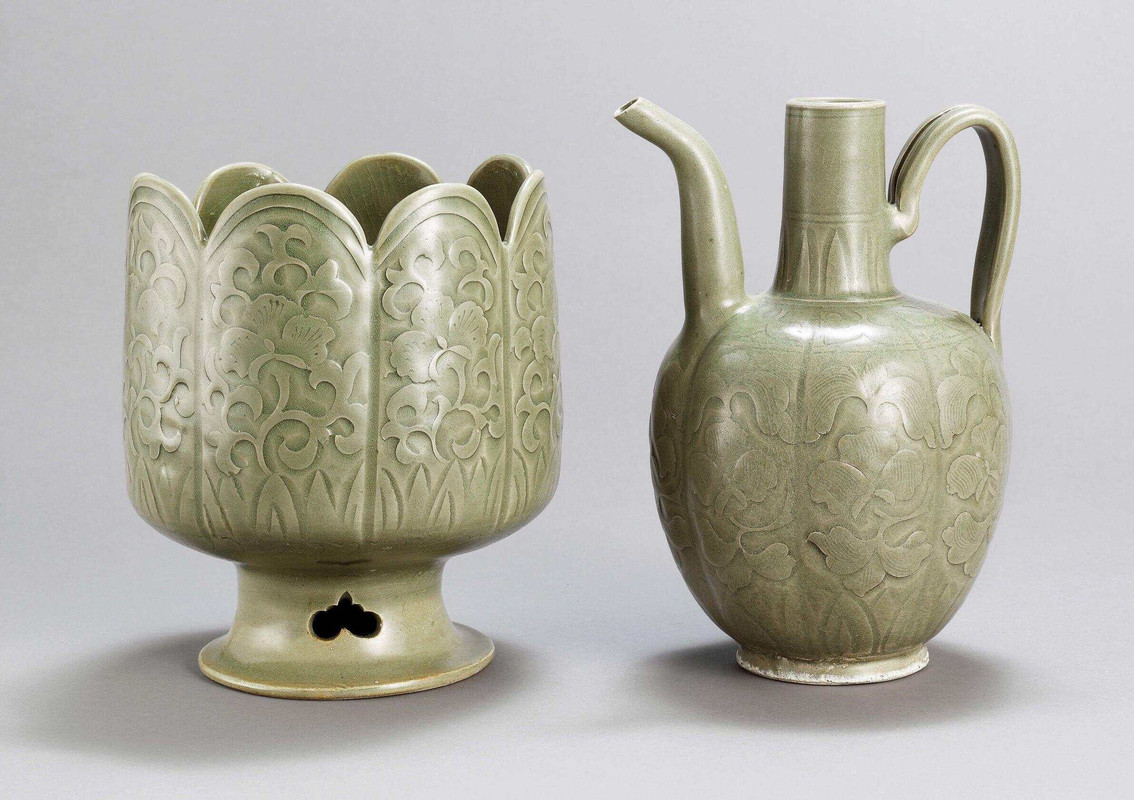White tea, often dubbed the “empress of teas” for its ethereal sweetness and minimal processing, deserves a brewing ritual that honors its subtlety. Unlike robust black teas or earthy pu-erhs, white tea—such as Silver Needle (Bai Hao Yin Zhen) or White Peony (Bai Mu Dan)—requires teaware that preserves its delicate flavors, visual grace, and meditative aura. The right tools can transform a simple cup into a sensory journey. Here’s how to choose wisely.

1. Porcelain Gaiwans: The Gold Standard for Purity
In Fuding, the birthplace of white tea, porcelain gaiwans are revered for their ability to showcase the tea’s unadulterated character. The non-porous, neutral material ensures no interference with the tea’s natural notes—think honeysuckle, cucumber, or fresh hay.
Why They Shine:
- Temperature Control: Porcelain retains heat gently, preventing the low-temperature brew (75–85°C/167–185°F) from scorching tender buds.
- Aroma Amplification: The wide opening and lid allow you to inhale the tea’s evolving fragrance as it steeps, from floral to vegetal to faintly nutty.
- Visual Delight: White porcelain provides a pristine backdrop to admire the tea’s pale hue and the slow unfurling of silvery down-covered leaves.
Pro Tip: Use a gaiwan with a 120–150ml capacity for 3–5 grams of tea, adjusting steeping time (1–3 minutes) to taste.
2. Glass Teapots: Where Art Meets Function
For white teas with large, picturesque leaves—like aged Shou Mei or Gong Mei—glass teapots turn brewing into a performance. Watching the leaves gracefully descend and swirl in the water adds a layer of mindfulness to the ritual.
Advantages:
- Heat Resistance: Borosilicate glass withstands hot water without warping.
- Flavor Clarity: Unlike clay, glass won’t absorb or alter the tea’s profile, making it ideal for assessing quality.
- Modern Aesthetic: Sleek designs complement minimalist spaces, appealing to tea novices and design enthusiasts alike.
Pairing Suggestion: Serve in thin, hand-blown glass cups to appreciate the tea’s golden-amber liquor.
3. Thin-Walled Ceramic Cups: A Tactile Experience
In Chinese tea culture, the cup matters as much as the pot. Opt for thin-walled ceramic cups—either white or pale celadon—to accentuate white tea’s nuances.
Key Features:
- Temperature Sensitivity: Thin ceramic cools slightly faster than porcelain, preventing bitterness in delicate brews.
- Texture: A smooth interior enhances the mouthfeel, while a slightly textured exterior improves grip.
- Size: Small cups (50–80ml) concentrate aromas and encourage slower sipping.
Ritual Touch: Hold the cup with both hands to warm your palms—a nod to the Chinese tradition of “warming the heart with tea.”
4. Yixing Clay: For the Adventurous Connoisseur
While Yixing zisha clay is traditionally paired with aged oolongs or pu-erh, some aficionados experiment with it for aged white teas (10+ years). The porous clay gradually absorbs the tea’s essence, deepening its complexity over time.
Cautions:
- Dedication: Use a dedicated pot for aged white tea only to avoid flavor cross-contamination.
- Heat Management: Thicker clay may oversteep tender buds; opt for smaller pots (80–100ml) and shorter infusions.
When to Consider: Aged white teas with notes of dried fruit, honey, or camphor may benefit from Yixing’s “seasoning” effect.
5. Bamboo or Wooden Tea Trays: Grounding the Ritual
While not directly brewing tools, natural trays anchor the experience. Bamboo or rosewood trays catch drips, protect surfaces, and evoke the tea’s organic origins.
Aesthetic Bonus: Pair with a tea pet (a small ceramic figurine) to “feed” with leftover tea, a whimsical Chinese tradition.
Final Considerations: Beyond the Basics
- Water Quality: Use spring or filtered water to avoid masking the tea’s subtlety.
- Mindful Steeping: Oversteeping white tea can turn sweetness into astringency; start with 1 minute and adjust.
- Cultural Context: In some Fujian households, white tea is brewed in a covered ceramic bowl (cha he) to retain heat and honor ancestors.



